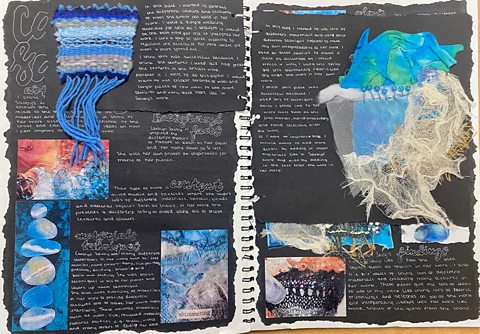More guides on this topic
- Finding inspiration - Edexcel
- Responding to stimuli - Edexcel
- Analytical drawing - Edexcel
- Developing ideas - Edexcel
- Creating a design brief - Edexcel
- Experimenting with materials and techniques - Edexcel
- Recording and observing - Edexcel
- Analysing and evaluating - Edexcel
- Assessment objectives and presenting your work - Edexcel
- Externally set assessment - Edexcel
